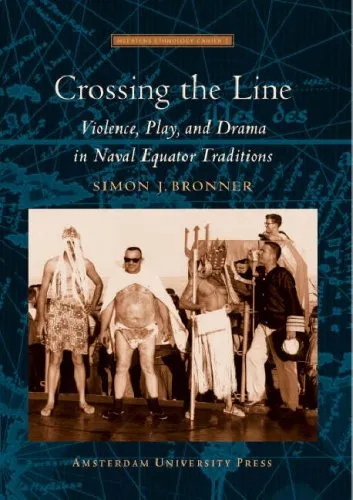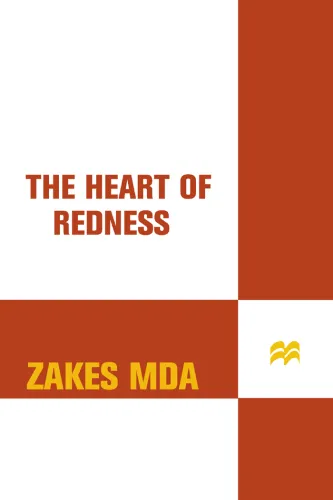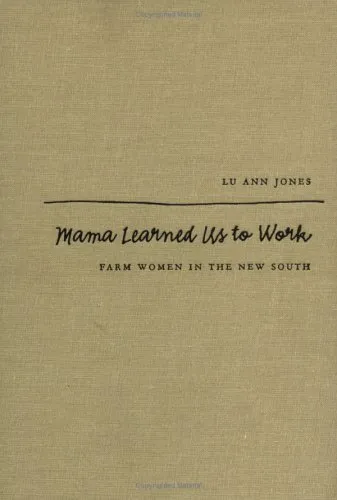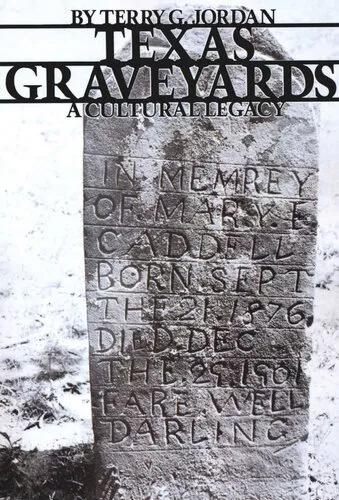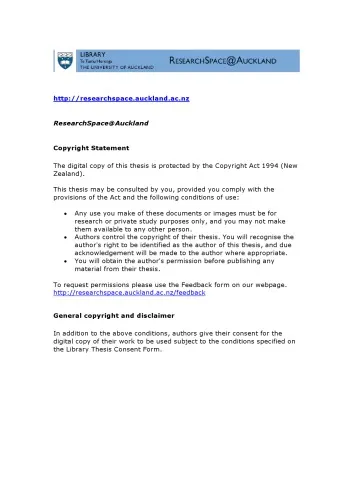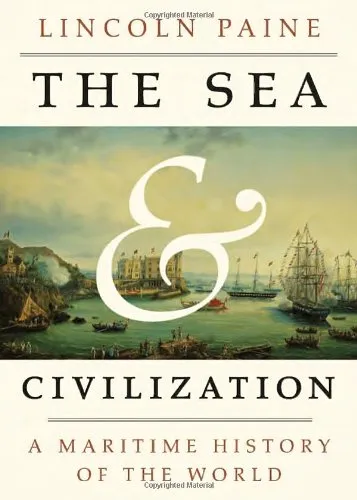Crossing the Line: Violence, Play, and Drama in Naval Equator Traditions
5.0
بر اساس نظر کاربران

شما میتونید سوالاتتون در باره کتاب رو از هوش مصنوعیش بعد از ورود بپرسید
هر دانلود یا پرسش از هوش مصنوعی 2 امتیاز لازم دارد، برای بدست آوردن امتیاز رایگان، به صفحه ی راهنمای امتیازات سر بزنید و یک سری کار ارزشمند انجام بدینکتاب های مرتبط:
Persian Summary
معرفی و خلاصهای از کتاب
کتاب Crossing the Line: Violence, Play, and Drama in Naval Equator Traditions به قلم سیمون جی برانر، به بررسی سنتهای کهن دریایی میپردازد که در آنها مراسم عبور از خط استوا با المانهای خشونت، بازی و نمایش همراه است. این کتاب با تکیه بر تحقیقات میدانی گسترده و مطالعات تاریخی، به تحلیل چگونگی تعامل این المانها با هویت فرهنگی و اجتماعی ملوانان میپردازد.
موضوع محوری کتاب، کاوش در جنبههای نمایشی و آیینی مراسمی است که به عنوان بخشی از فرهنگ دریانوردی شناخته میشود. این مراسم، بهطور سنتی برای کسانی که برای اولین بار از خط استوا عبور میکنند، اجرا میشود و به همین دلیل از نظر آیینی و فرهنگی اهمیت ویژهای دارد. کتاب به ابعاد مختلف این مراسم از جمله ساختار، معنا و تأثیر اجتماعی آن پرداخته است.
نکات کلیدی کتاب
- تأثیر این مراسم بر هویت جمعی ملوانان و نحوه شکلگیری روابط اجتماعی میان آنها.
- بررسی نقش بازی و خشونت به عنوان ابزارهای کنترل فرهنگی و انضباطی در این مراسم.
- نگاهی نو به مفهوم نمایش در سنتهای دریایی و ارتباط آن با زندگی روزمره ملوانان.
- تحلیل تطبیقی میان سنتهای دریایی مختلف در فرهنگهای گوناگون و چگونگی همسانی و تفاوت آنها.
نقلقولهای معروف از کتاب
"سنتهای دریایی نه تنها گذر از مسیرهای جغرافیایی بلکه گذر از مرزهای فرهنگی را نیز نمایان میسازند."
"این لحظات بازیگون و نمایشی در دل خشونت، فرصتی برای بازنگری در هویتها و روابط انسانی ارائه میدهند."
چرا این کتاب مهم است
اهمیت کتاب Crossing the Line در نگاهی جدید به مراسم و سنتهایی است که همواره در تاریخ بشر وجود داشتهاند اما کمتر به شکلی جامع مورد بررسی قرار گرفتهاند. این کتاب با تحلیل جامع و چندجانبه خود، دریچهای نو به درک از روابط فرهنگی و اجتماعی انسانها در محیطهای خاص همانند دریا باز میکند. همچنین، با نگاهی دقیق به تأثیرات روانشناختی و اجتماعی این مراسم، فهم عمیقتری از قدرت و جذابیت این نوع آیینها به مخاطب ارائه میدهد.
با تأمل در عمق این سنتهای دریایی، خوانندگان قادر خواهند بود تا نه تنها تاریخ دریانوردی بلکه روند شکلگیری و تکامل فرهنگها را نیز به شکل تازهای درک کنند. در زمانی که جهانیسازی و تعاملات فرهنگی فراگیر شده، مطالعه چنین کتابی میتواند به درک بهتر از ریشههای فرهنگی و مراسمی که هویتها را شکل میدهند، کمک شایانی کند.
Introduction to "Crossing the Line: Violence, Play, and Drama in Naval Equator Traditions"
Welcome to a deep dive into the traditions, cultural implications, and historical context of a maritime ritual that dates back centuries. "Crossing the Line: Violence, Play, and Drama in Naval Equator Traditions" sheds light on the unique customs sailors experience when traversing the Equator, exploring the blend of initiatory rites, play, and dramatic performances within naval culture.
Detailed Summary of the Book
The book embarks on an exploratory journey into the ceremonies that occur on naval vessels as they cross the Equator. Known as the "Line-Crossing Ceremony," this tradition involves elaborate rituals that mix elements of pageantry, corporal punishment, and theatrical expression. These rites often serve as an initiation for sailors who have never crossed the Equator, heralding them into the ranks of "Shellbacks," or seasoned sailors.
The narrative traverses through various international practices, illustrating how different navies have adapted this tradition to incorporate local and cultural nuances. It delves into the dichotomy between the ceremonial violence that can occur and the community-building aspect that these rituals often aim to foster. The book provides historical footage and documents to enrich the reader's understanding of how these practices evolved over time and why they remain significant in modern navies.
Key Takeaways
- The tradition of "Crossing the Line" serves both as a rite of passage and a theatrical performance, blending elements of humor, fear, and camaraderie.
- The ceremonies can vary dramatically between different cultural contexts but share universal themes of transformation and boundary crossing.
- The rituals often mirror societal structures and values, offering insight into hierarchical dynamics and the subtle interplay of power and tradition.
- By examining these customs, the book confronts the fine line between playful hazing and unacceptable violence, prompting discourse on broader themes of initiation and inclusion.
Famous Quotes from the Book
"The sea has long been a stage, and the crossing of its invisible lines forms the script of a drama where every sailor plays his part."
"In the rituals of crossing, one can glimpse the outlines of maritime history, the shadow of past voyages echoing in the ceremonial rites of the present."
Why This Book Matters
"Crossing the Line" is more than just a historical account—it serves as a critical exploration of human behavior and social constructs. By examining these unique naval traditions, the book provides a lens through which we can understand the complexities of maritime life and the lasting impact of tradition in shaping identity and community in isolated environments like ships at sea.
The work resonates in today's conversations about tradition versus modern values, the role of ritual in professional settings, and the sometimes blurred lines between expected norms and harmful practices. It invites readers to not only witness these traditions but also question and reflect on their significance, making it an essential read for historians, sociologists, and anyone interested in the interplay between culture and tradition.
دانلود رایگان مستقیم
شما میتونید سوالاتتون در باره کتاب رو از هوش مصنوعیش بعد از ورود بپرسید
دسترسی به کتابها از طریق پلتفرمهای قانونی و کتابخانههای عمومی نه تنها از حقوق نویسندگان و ناشران حمایت میکند، بلکه به پایداری فرهنگ کتابخوانی نیز کمک میرساند. پیش از دانلود، لحظهای به بررسی این گزینهها فکر کنید.
این کتاب رو در پلتفرم های دیگه ببینید
WorldCat به شما کمک میکنه تا کتاب ها رو در کتابخانه های سراسر دنیا پیدا کنید
امتیازها، نظرات تخصصی و صحبت ها درباره کتاب را در Goodreads ببینید
کتابهای کمیاب یا دست دوم را در AbeBooks پیدا کنید و بخرید
1538
بازدید5.0
امتیاز0
نظر98%
رضایتنظرات:
5.0
بر اساس 0 نظر کاربران
Questions & Answers
Ask questions about this book or help others by answering
No questions yet. Be the first to ask!
